Вы здесь
Sights lake of Son-Kol.

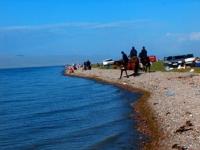
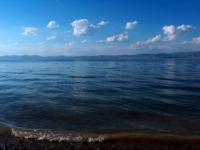
Walking tour to Song-Kol lake.
“Books are the plane, and the train, and the road. They are the destination, and the journey. They are home”
Anna Quindlen,
Hiking group Bishkek to Cong-Kol lake.
The beauty of Son Kul has long enraptured both locals and tourists alike. There is a story that when one of the local Khans, Ormon Khan, saw it for the first time he imposed a fine of forty horses, (no small sum – then or now), on the local tribe – because they had hidden such a miracle from him!
Kyrgyzstan second largest lake is situated on a treeless high mountain plateau, (3016 meters asl), surrounded by lush mountain meadows which are used by the shepherds of the Kochkor, Naryn and At Bashi regions as summer pastures for their livestock: sheep, cattle, horses and even the occasional camel.
In fact, there is evidence that it has been used for pasture from very ancient times. The shepherds live in traditional yurts, (round felt tents over a wooden frame are the typical nomadic dwelling which are found throughout Central Asia) during the summer and then descend to their homes in the villages for the winter.
Many shepherd will be happy to welcome tourists and serve a cup of Kumyz – fermented mare’s milk - and even to let visitors sleep overnight, (usually on mats on the floor), but it may be best to make arrangements beforehand.
There are several camps (or ‘Yurt Inns’) established during the summer months to accommodate tourists … with kitchens, toilets and washing facilities. It is also possible to arrange horse riding and trekking lasting anything from an hour to a day.
There are four roads up from the valleys. One from Sary Bulak in the North East; a second passing through a dramatic sequence of over thirty serpentine, hairpin bends towards Naryn in the South East (if you have time you can take a detour to a beautiful waterfall surrounded by woods); the third goes to Ak-Tal in the South West and the fourth goes past the coal mines of Kara Keche towards Chaek in the North West. The roads are not asphalt and can sometimes be impassable. It is also possible to trek on ride on horseback up from some of the surrounding valleys such as form the Salt Mines at Chong Tuz (a 3-day trek – but don’t expect to be able to simply turn up and find horses ready and waiting such a journey needs to be organised in advance).
In the winter, however – and often in spring and autumn months too – these roads are closed by snow. (Even so, it is sometimes amazing to see what vehicles do try and make the journey.) There are no buses up to the lake if you are not on an organised tour, you can arrange for a local taxi to take you up from Naryn or Kochkor.
At Son Kul, it is possible for the visitor to feel that they are experiencing “pristine nature”. Even though there are no trees on the plain … there is abundance of herbs (such as chamomile, sagebrush, lichen, friar’s cap and golden root) – many of which are prized for the medicinal qualities, and flowers are plentiful in the spring (especially Edelweiss).
There are some 66 different species of waterfowl that make their homes on the shores of the lake or in the surrounding area – about two thirds of all the varieties found throughout Kyrgyzstan. Amongst the ones that a luck tourist might see are several different species of gulls and ducks; cranes, storks, mergansers, bald-coots, plovers, falcons, golden eagles, shags and the very rare Indian mountain goose.
Animals that you might be lucky enough to see on the plain include deer, foxes, marmots, lynx, and wolves.
There were no fish in the lake until 1959 – when fish were specially introduced into the lake and now, (even in the dead of winter), fish from the lake could be found on sale in the markets of Naryn and Kochkor – but it is strictly controlled and in recent years the Fishing Inspectorate has announced that it had banned fishing to allow the levels of fish stocks to recover.
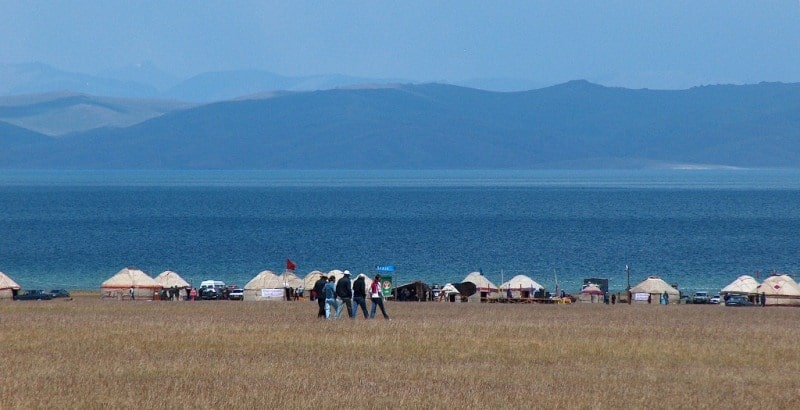
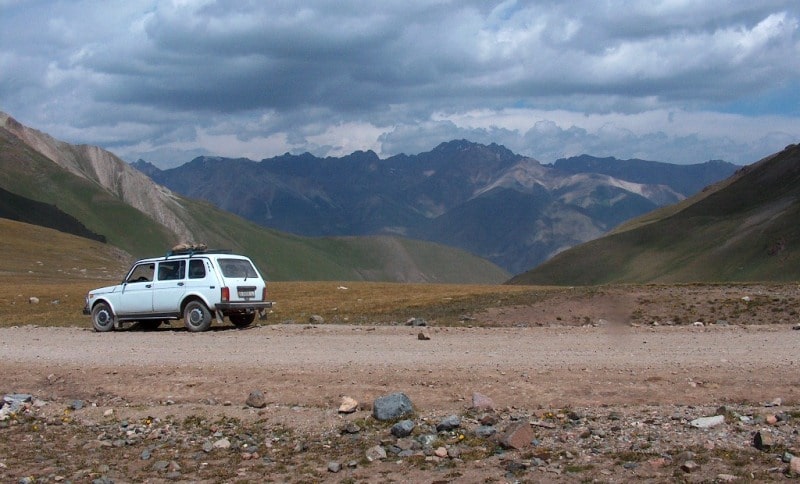
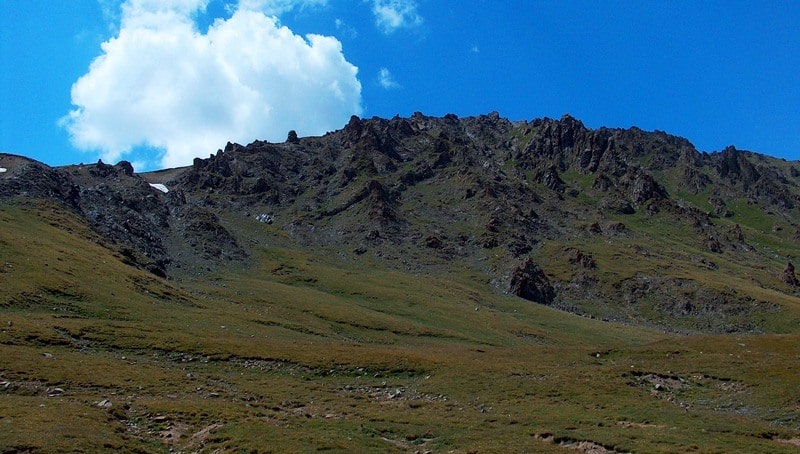
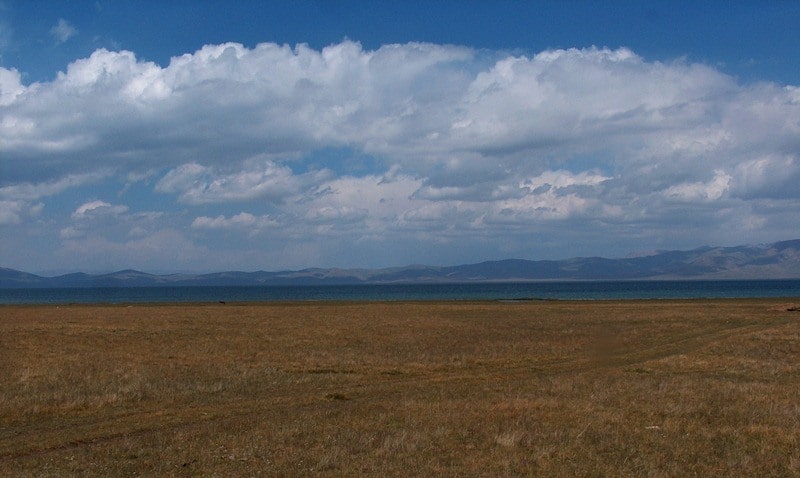

Authority:
“Discovery Travel” Magazine. www.centralasia.travel
Photos by
Alexander Petrov.







